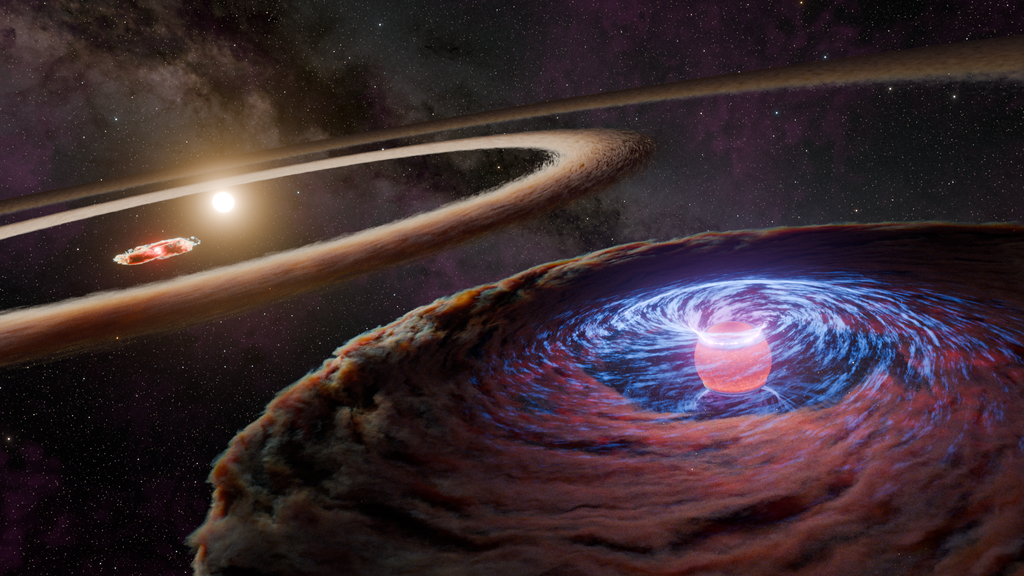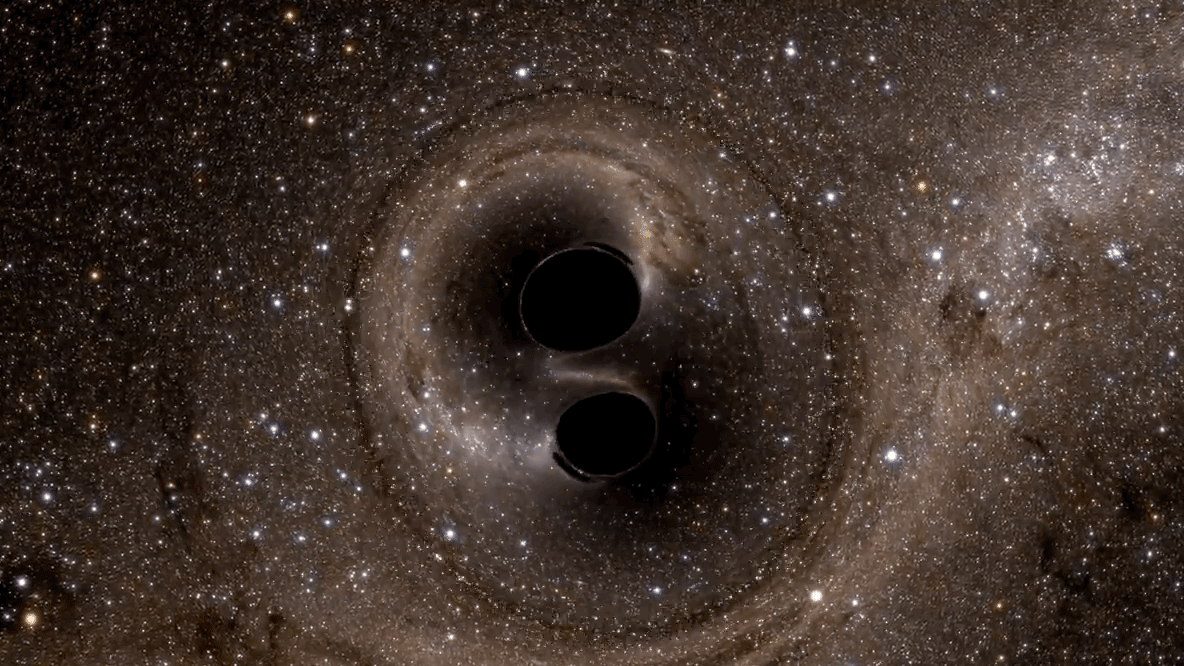Spectroscopy 101 – Light and Matter
What are light and matter and how do they interact with each other?
How is it possible to figure out such detailed information about materials on Earth and in space based only on color? Spectroscopy works because light and matter interact with each other in very specific and predictable ways. Before getting into the gory details, let’s review some relevant basics about light and matter. (If you know this already, feel free to jump ahead.)
Spectroscopy works because light and matter interact with each other in very specific and predictable ways.
Light
Gamma rays, X-rays, ultraviolet light, visible light (the visible rainbow), infrared light, microwaves, and radio waves are all forms of light, also called electromagnetic radiation. Together, they make up the electromagnetic spectrum. (That’s right, the radio waves that carry music from the station to your radio, the microwaves that heat up your food, and the X-rays dentists use to detect tooth decay are all forms of light.)
Light has a number of fascinating (and somewhat odd) characteristics that are important for spectroscopy.

Waves
Light behaves like a wave. You are probably familiar with waves: water waves that ripple across a pond, sound waves that vibrate air and ear drums, and seismic (earthquake) waves that cause the ground to shake. These are all mechanical waves—energy that propagates through matter, causing it to move up and down, back and forth, or side to side.
Light waves are similar, but while mechanical waves cause oscillations in matter, light waves consist of electric and magnetic fields oscillating perpendicular to each other. Mechanical waves need matter in order to propagate, but light waves can travel through completely empty space as well as through matter. (If the idea of oscillating electric and magnetic fields does not make much sense, don’t worry. You don’t really need to know too much about it.)
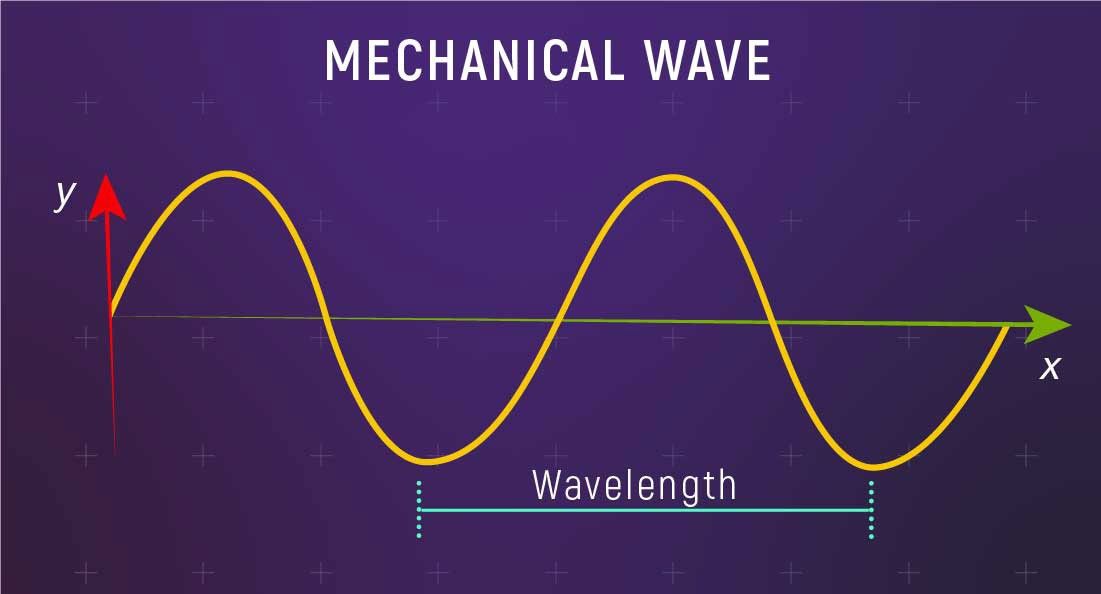
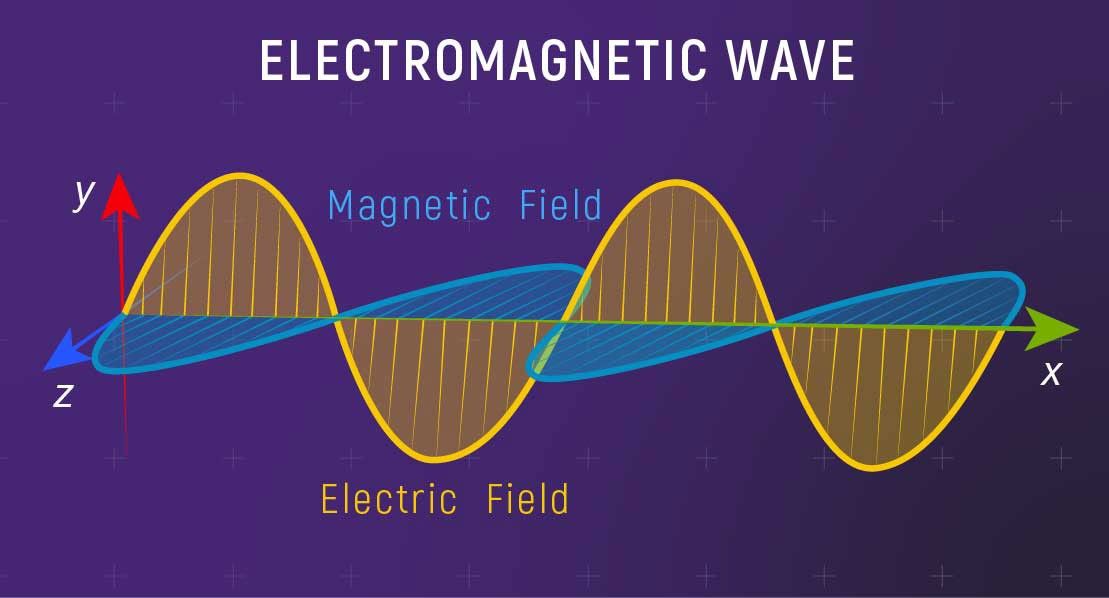
One way to measure waves is by their wavelength. Wavelength is the distance between successive peaks. The wavelength of a light wave is the distance between peaks in the electric and magnetic fields.
While that definition might make it sound like wavelength is a property that only a physicist could appreciate, most people are actually very familiar with the concept of wavelength: Human eyes recognize differences in wavelength as differences in color. On the visible part of the spectrum, shorter wavelengths look bluer and longer wavelengths look redder.
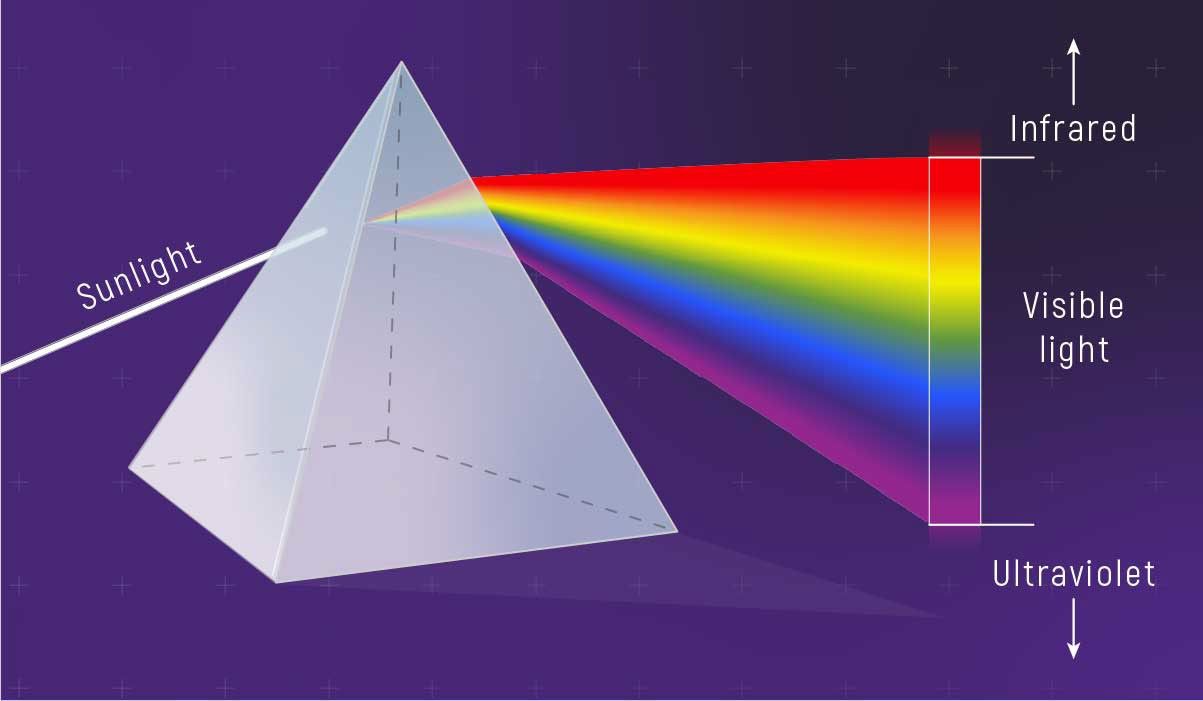
Wavelength is also what differentiates the various bands of light on the electromagnetic spectrum. When people talk about different “types” of light, they are referring to broad differences in wavelength. Gamma rays have the shortest wavelengths and radio waves have the longest. Visible light is in the middle. You can think of gamma rays, X-rays, ultraviolet light, infrared light, microwaves, and radio waves as bands of invisible color.
Human eyes recognize differences in wavelength as differences in color.
Particles
Light also behaves like a particle. A particle of light is called a photon. Each individual photon has a very specific amount of energy (no more, no less), which corresponds to its wavelength. Blue photons carry more energy than red photons. Ultraviolet photons carry more energy than infrared photons. Sometimes photons are described as “packets of energy.”
So, you can think of light as waves or you can think of it as streams of photons. Astronomers use both terms, depending on what they are trying to study or explain. (If you are confused as to how light can be both a particle and a wave at the same time, don’t despair. You are not alone.)
The important thing to keep in mind when it comes to spectroscopy is that wavelength and energy are effectively the same thing. Human eyes detect differences in wavelength and energy as differences in color.

Matter
Matter is the scientific catch-all word for stuff—anything that has mass and takes up space. Matter is made of microscopic particles called atoms. Atoms are made of even smaller, or subatomic, particles known as protons, neutrons, and electrons. Atoms can combine to form molecules.
Solids, liquids, and gases are all forms of matter. Planets, stars, nebulae, and galaxies are all made of matter. Rocks, water, air, dust bunnies, giraffes, viruses, spinach, coffee cups, and cowboy boots are all made of matter.
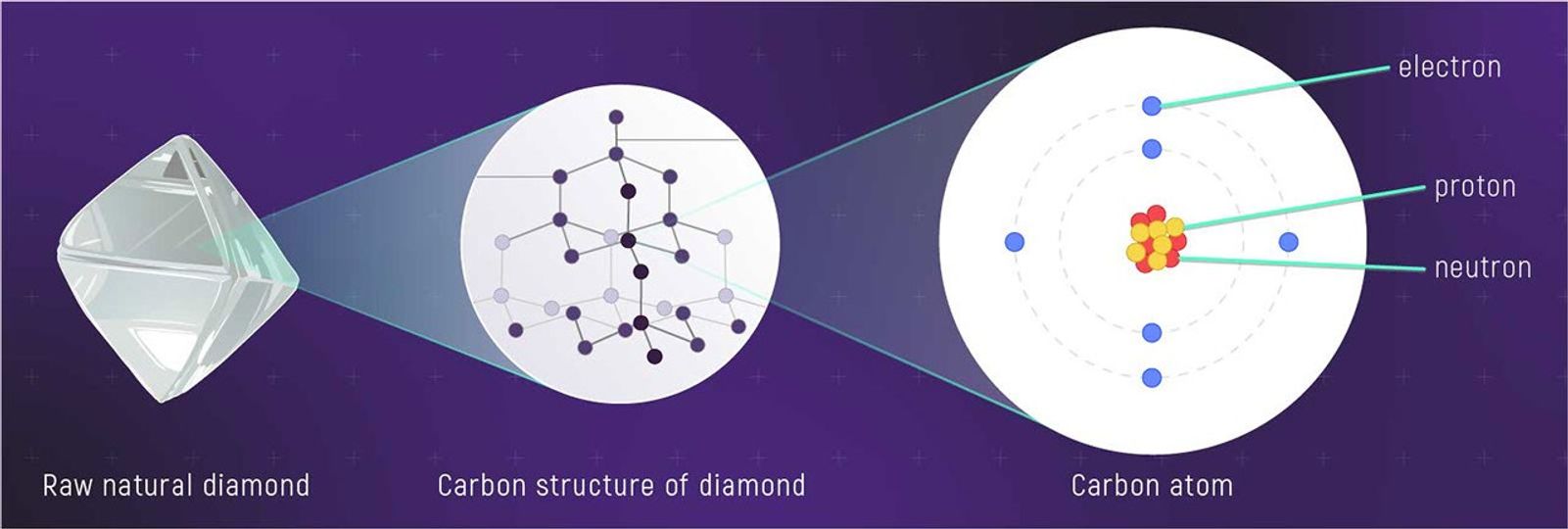
Protons and neutrons make up the nucleus of an atom, while electrons reside outside the nucleus. Although it’s actually much more complicated than this, you can think of each electron as occupying a particular energy level (sometimes referred to as an “orbital” or “shell”) around the nucleus. Electrons are a bit bizarre in that they can “jump” or “drop” (transition) from one energy level to another, but they can’t exist between two levels. (Why this is important? Keep reading or skip ahead.)
Interactions between Light and Matter
As you may have gathered, light and matter are intricately linked.
Matter gives off light. Every object emits, or gives off, light of one sort or another simply because of its temperature. Glowing objects like stars, galaxies, light bulbs, and lava are all sources of visible light. Cooler objects like planets, dust grains, rocks, trees, animals, and icebergs don’t glow in visible light, but they do emit significant amounts of infrared light. Matter can also give off very specific colors of light depending on what it is made of and how it is interacting with other forms of matter and energy.

Light interacts with matter. When light encounters matter, a lot of things can happen. A few are particularly important to keep in mind when it comes to spectroscopy:
- Some light is absorbed and transformed into other forms of energy. Asphalt is black because it absorbs all colors of visible light very well. It heats up quickly in direct sun because a lot of that light is transformed into thermal energy (which is then emitted back out as invisible infrared light). Plants absorb mostly red and blue wavelengths of sunlight and turn them into chemical energy to live and grow.
- Light that is not absorbed by matter can be reflected off it. Snow is white because it reflects all colors of visible light extremely well. Grass is green because it reflects a lot of green wavelengths of sunlight.
- Light that is not absorbed or reflected by matter can be transmitted through it. Window glass is transparent, or “see-through,” because it transmits all colors of visible light. Strawberry jello is red because it transmits red light and absorbs all other colors.
Materials on Earth and in space are continuously emitting and interacting with light. What makes one material look different from another is the way that different wavelengths of light interact with it.
Need a refresher? Check out previous articles.
Know what you’re looking for?
Jump ahead in the series!

